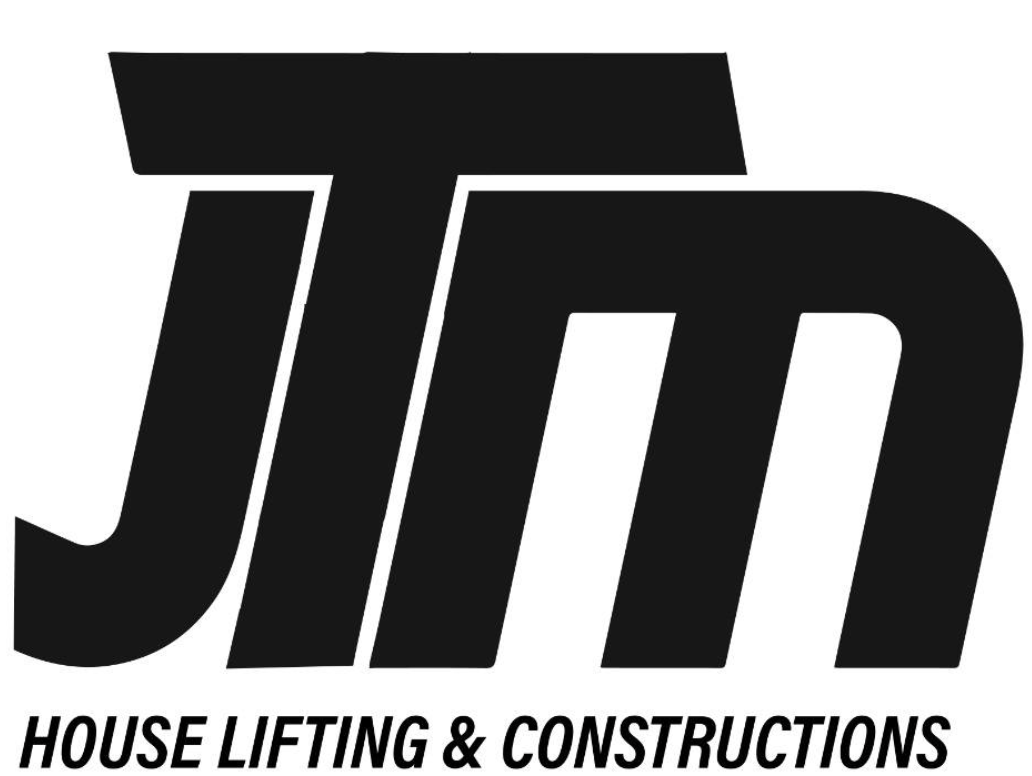Are you considering house lifting as a solution for your home? Before you make any decisions, it’s important to be aware of the potential disadvantages that come with this method. House lifting can certainly provide benefits such as protection against flooding or creating additional living space, but it also comes with its own set of challenges and drawbacks.
Firstly, one of the major disadvantages of house lifting is the high cost involved. This process requires extensive planning, engineering work, and construction efforts which can quickly add up in terms of expenses. From hiring professionals to obtaining necessary permits and materials, the financial burden associated with house lifting can be quite substantial. It’s crucial to evaluate your budget carefully before committing to this option and consider whether the benefits outweigh the costs.
Furthermore, house lifting involves complex planning and engineering work that must be executed flawlessly for successful results. You’ll need to hire skilled professionals who have experience in this field to ensure proper execution of the project. Additionally, since house lifting requires temporarily raising your entire home off its foundation, it can disrupt your daily life during construction. The noise, dust, and inconvenience caused by ongoing work might make living in your home during this time challenging.
In conclusion, while house lifting offers advantages like flood protection or extra space creation, it’s essential to understand its downsides as well. The high cost involved and complex nature of planning and construction are factors that require careful consideration before embarking on a house lifting project. Ultimately, weighing these disadvantages against the benefits will help you make an informed decision about whether or not house lifting is suitable for you.
## High Cost and Financial Burden
House lifting can be quite expensive and may place a significant financial burden on homeowners. When considering the cost of house lifting, it’s important to take into account not just the actual process of raising the house, but also all the additional expenses that come with it. Hiring professional contractors, obtaining permits, and meeting building codes can quickly add up and put a strain on your wallet.
One of the main costs associated with house lifting is hiring skilled professionals who have experience in this specialized field. These experts will handle every aspect of the project, from assessing the foundation to ensuring structural integrity during the lift. Their expertise comes at a premium price, which can be hard for many homeowners to afford without taking out loans or dipping into savings.
Another financial consideration is obtaining permits and meeting building codes. House lifting requires approval from local authorities, which means paying for permits and inspections throughout the process. Additionally, depending on your location and specific circumstances, you may need to make modifications to meet current building codes. These upgrades can further increase costs and cause additional financial strain.
Furthermore, there are indirect costs associated with house lifting that homeowners should consider. For instance, during the lifting process, you may need to temporarily relocate or find alternative housing arrangements until your home is safely lowered back onto its new foundation. Renting a temporary residence or staying in a hotel can quickly become an added expense that adds up over time.
While house lifting offers various benefits like flood protection or adding extra living space in high-risk areas prone to natural disasters such as hurricanes or floods; it’s essential to acknowledge its potential disadvantages as well. The high cost involved in hiring skilled professionals and meeting building codes can place an overwhelming financial burden on homeowners already dealing with other expenses related to their property. Therefore, before deciding on house lifting as a solution for your home’s needs, carefully weigh its advantages against these potential drawbacks to ensure it aligns with your budget and long-term goals.
## Complex Planning, Engineering, and Construction Work
Undertaking such a project necessitates meticulous planning, advanced engineering techniques, and intricate construction work. House lifting is a complex process that requires careful consideration of various factors. From designing the new foundation to ensuring structural stability during the lifting process, every step demands expertise and precision.
Firstly, the planning phase involves conducting a thorough assessment of the property’s condition and determining the feasibility of house lifting. This includes evaluating the existing foundation, identifying potential risks and challenges, and developing a comprehensive plan to address them. Additionally, obtaining necessary permits from local authorities can be time-consuming and adds to the complexity of the project.
Secondly, engineering plays a crucial role in ensuring that the lifted house remains structurally sound throughout the process. Engineers need to calculate load-bearing capacities, design appropriate support systems, and determine how to safely lift and secure the structure. Any miscalculations or oversight could lead to serious damage or even collapse of the building.
Lastly, carrying out house lifting requires intricate construction work involving skilled professionals in various trades. This includes coordinating with plumbers for rerouting plumbing lines, electricians for relocating electrical connections, and carpenters for adjusting doorways or windows. The coordination between different contractors becomes crucial as any errors during these modifications can have long-lasting consequences on the overall integrity of the lifted house.
Undertaking house lifting comes with its fair share of challenges due to complex planning requirements, advanced engineering techniques involved in ensuring structural stability throughout the process, and intricate construction work needed for modifications. It is essential to approach such projects with caution and seek professional assistance to minimize risks associated with this demanding endeavor.
